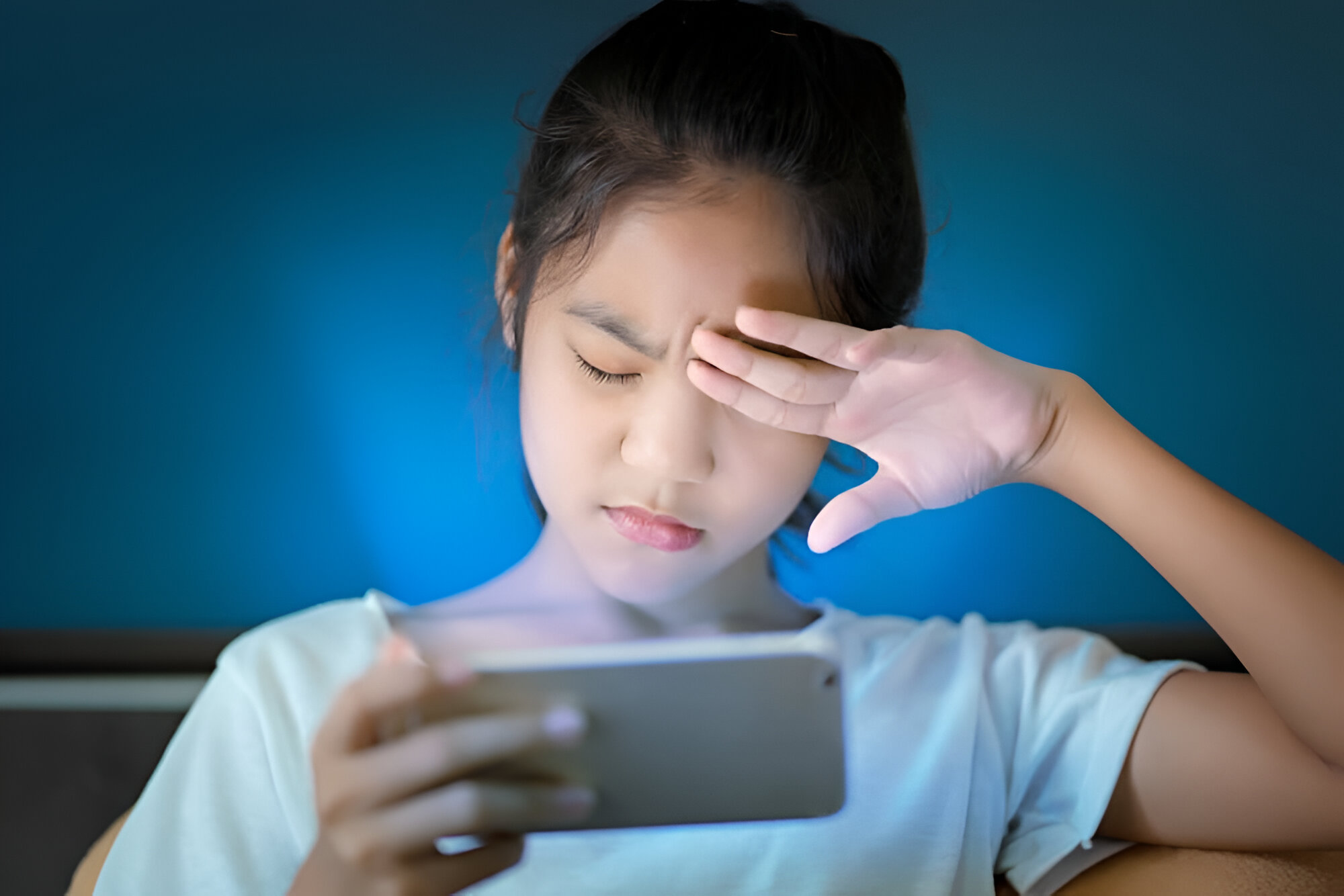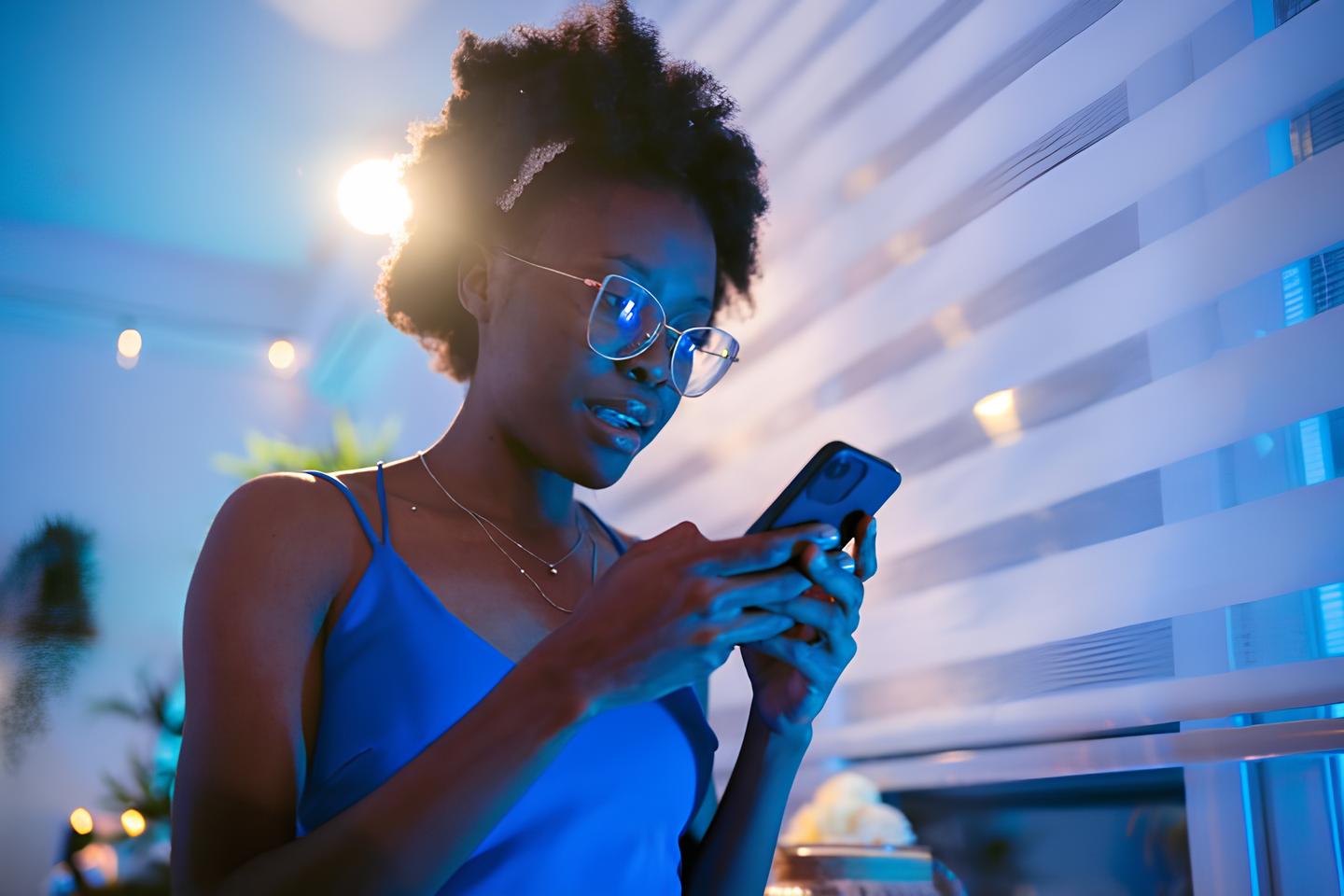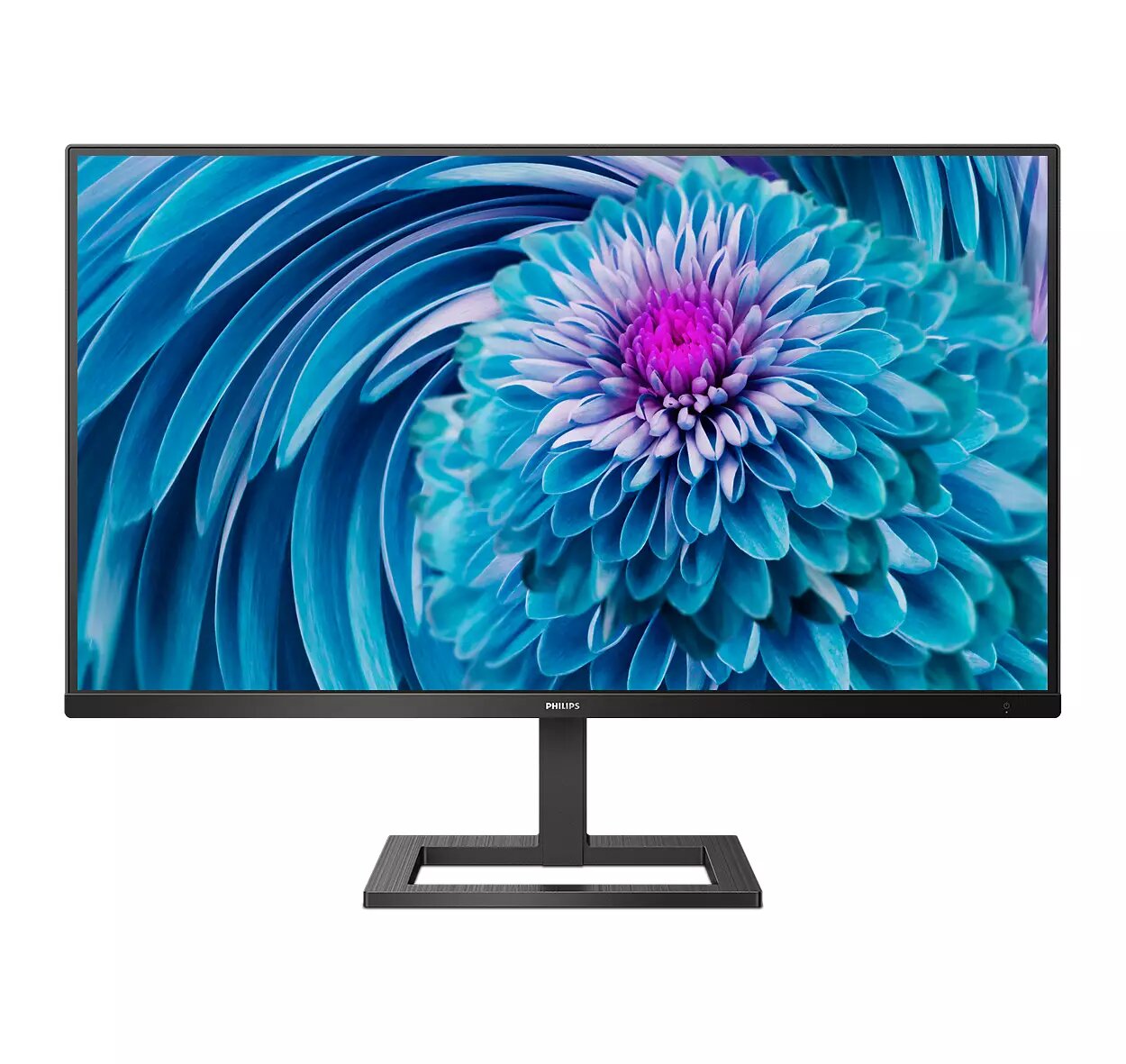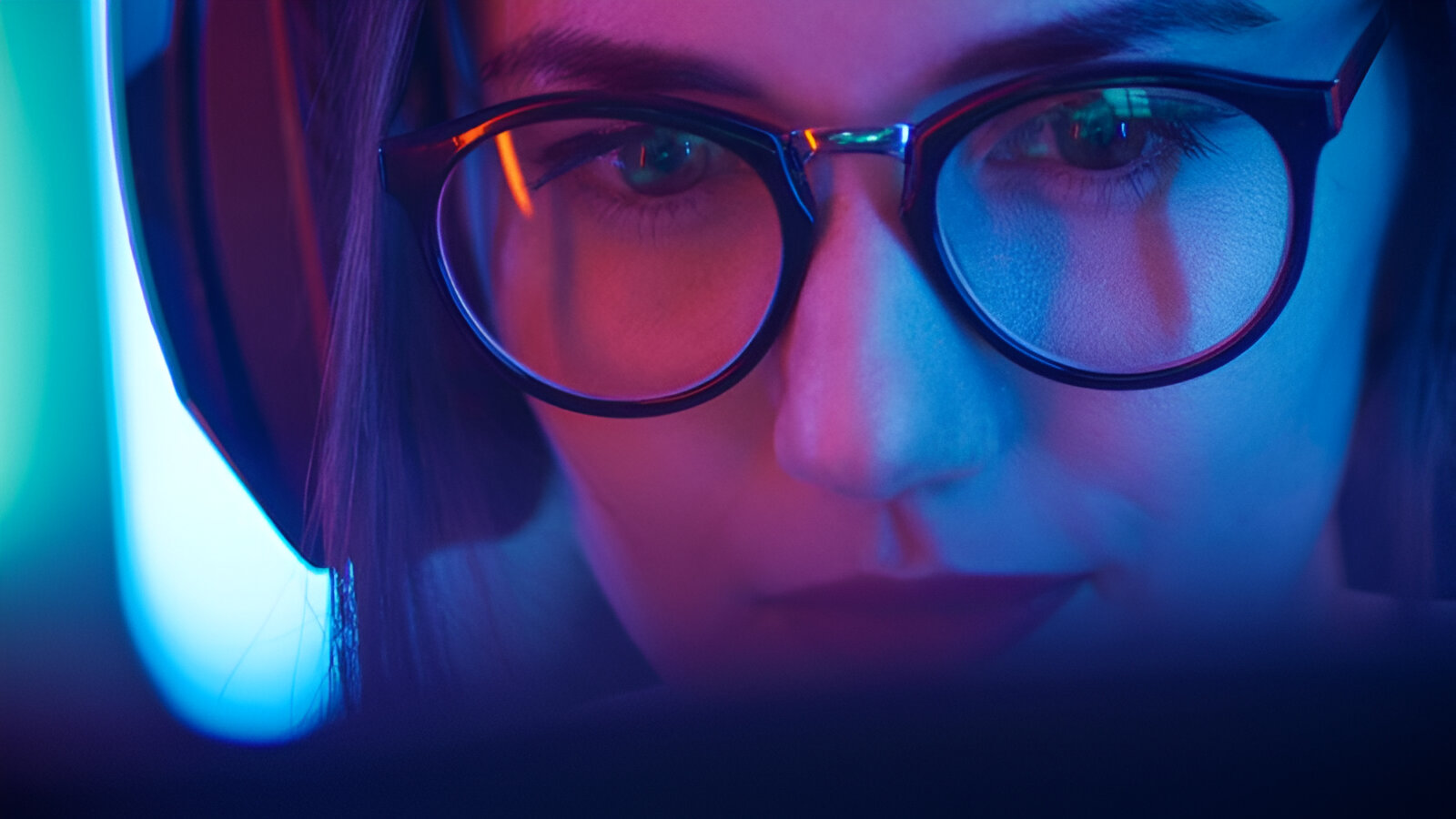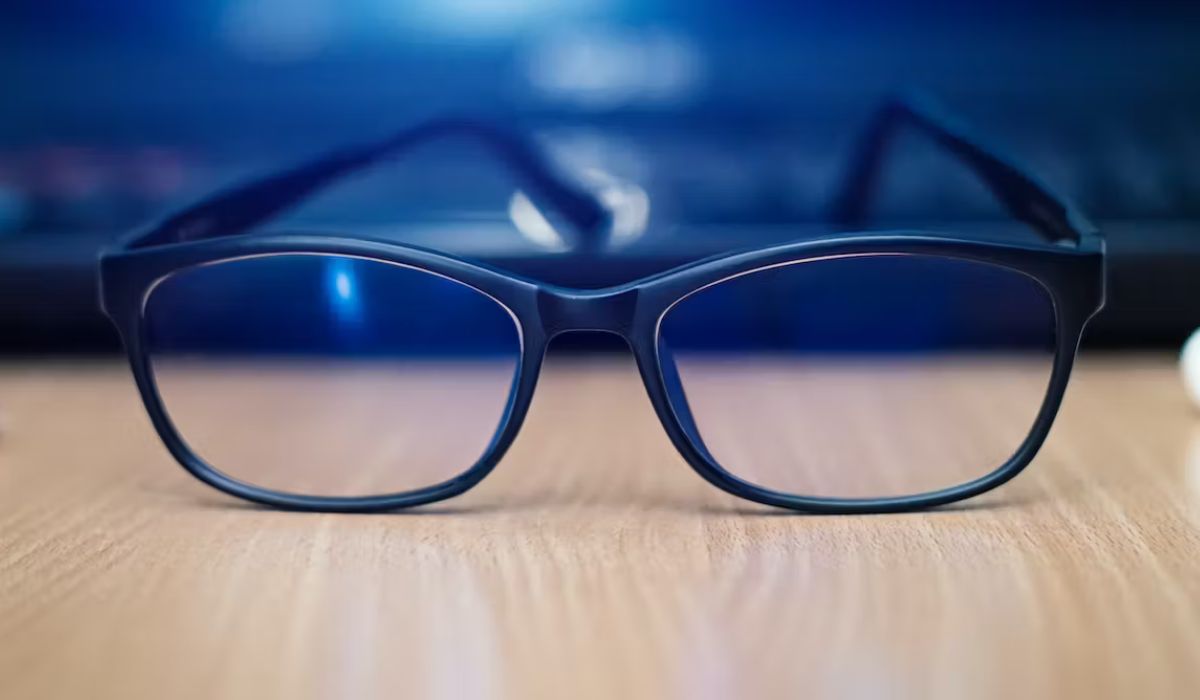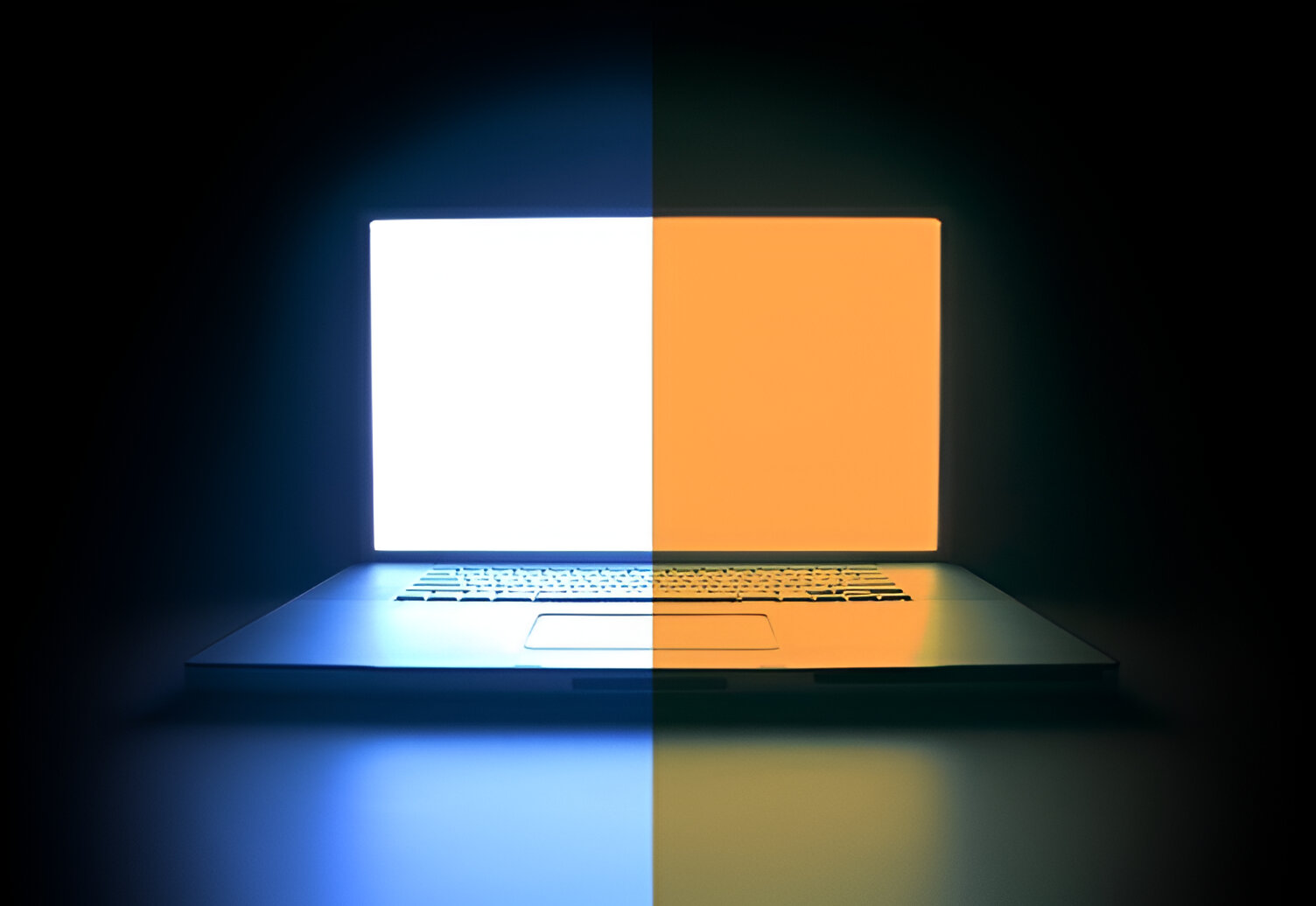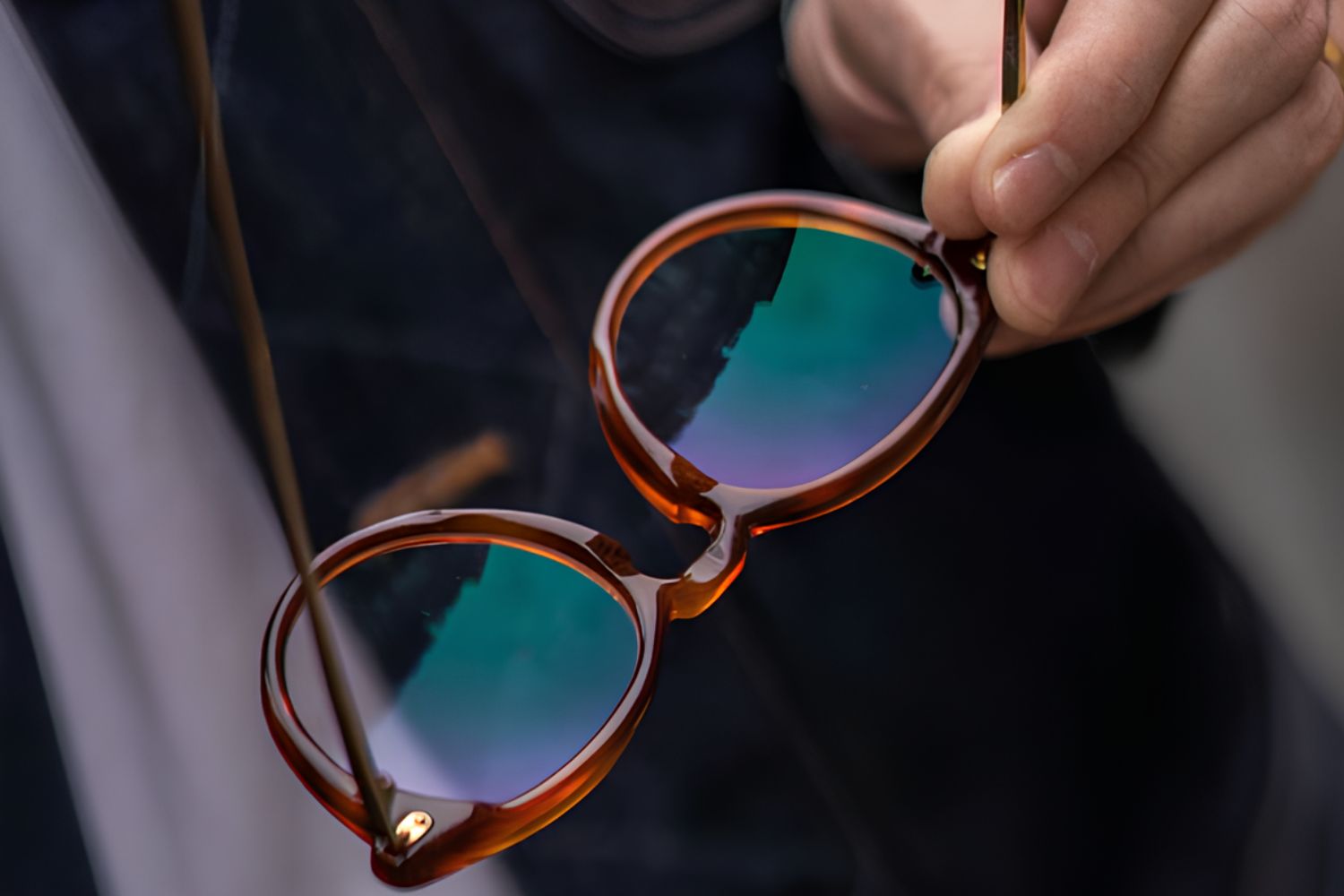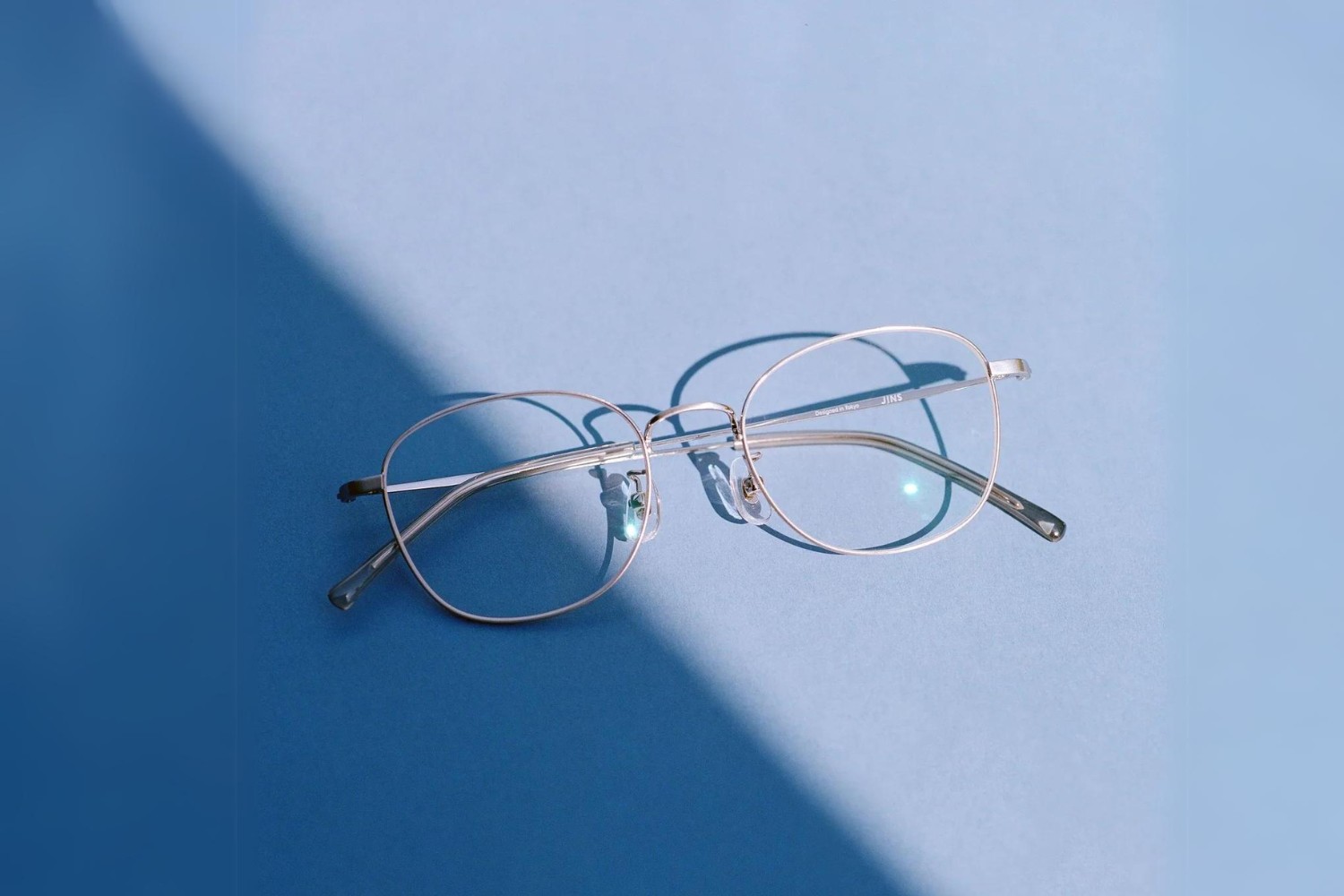Introduction
In today's digital age, our lives are intertwined with technology, and the use of electronic devices has become an integral part of our daily routine. From smartphones and tablets to computers and LED lights, we are constantly exposed to various forms of artificial light, including blue light. While the advancements in technology have undoubtedly brought about numerous benefits, there is a growing concern regarding the potential health hazards associated with prolonged exposure to blue light.
The pervasive nature of blue light exposure has sparked discussions among health professionals, researchers, and the general public alike. As we delve deeper into the realms of technology, it becomes increasingly crucial to understand the implications of our interaction with blue light-emitting devices. This article aims to shed light on the detrimental effects of blue light exposure and provide valuable insights into safeguarding our well-being in the digital era.
As we embark on this exploration, it is essential to recognize that our reliance on electronic devices exposes us to blue light from multiple sources. Understanding the origins of blue light and its impact on our health is the first step toward making informed decisions about our technology usage. By delving into the science behind blue light and its effects on our bodies, we can equip ourselves with the knowledge necessary to mitigate potential risks and prioritize our well-being in an increasingly digital world.
What is Blue Light?
Blue light is a high-energy, short-wavelength light that is part of the visible light spectrum. It is emitted by the sun, as well as by various artificial sources such as LED lights, computer screens, smartphones, and tablets. The distinctive blue light has a shorter wavelength and emits higher energy compared to other colors in the visible light spectrum.
One of the primary sources of blue light exposure is sunlight, which contains a significant amount of blue light. This natural exposure to blue light is essential for regulating our circadian rhythm, boosting alertness, and elevating our mood. However, the pervasive use of digital devices has significantly increased our exposure to artificial sources of blue light, raising concerns about the potential health implications.
The human eye is particularly sensitive to blue light, and prolonged exposure, especially at night, can disrupt our natural sleep-wake cycles. The impact of blue light on our eyes is a subject of growing interest, with researchers and eye care professionals highlighting the potential risks associated with excessive exposure. Moreover, blue light has been linked to digital eye strain, which encompasses a range of symptoms such as dry eyes, headaches, and blurred vision, often experienced after extended periods of screen time.
In addition to its effects on sleep patterns and eye health, blue light exposure has raised concerns about its potential impact on overall health. Recent studies have suggested that excessive exposure to blue light may contribute to an increased risk of certain health issues, including obesity, diabetes, and cardiovascular disease. This has sparked a heightened awareness of the need to better understand the implications of prolonged blue light exposure on our well-being.
As we continue to integrate technology into various aspects of our lives, it becomes imperative to comprehend the characteristics and effects of blue light. By gaining a deeper understanding of blue light and its potential consequences, we can make informed choices to mitigate its impact and prioritize our health and well-being in the digital age.
Sources of Blue Light Exposure
Blue light exposure stems from a multitude of sources that have become ubiquitous in our modern lifestyle. Understanding these sources is crucial in comprehending the extent of our exposure and its potential impact on our health. Here are the primary sources of blue light exposure:
-
Sunlight: The most prominent natural source of blue light is the sun. While natural exposure to sunlight is essential for regulating our circadian rhythm and overall well-being, excessive exposure to sunlight, particularly during midday when the blue light content is at its peak, can lead to potential eye strain and discomfort.
-
Digital Devices: The proliferation of digital devices such as smartphones, tablets, and computers has significantly increased our exposure to artificial blue light. The screens of these devices emit high levels of blue light, and the extensive use of such devices, especially during evening hours, can disrupt our sleep patterns and contribute to digital eye strain.
-
LED Lighting: Light-emitting diode (LED) technology has revolutionized the lighting industry, offering energy-efficient and long-lasting lighting solutions. However, LED lights emit a considerable amount of blue light, and their widespread use in indoor and outdoor lighting has amplified our exposure to artificial blue light, potentially impacting our sleep quality and overall well-being.
-
Televisions: Television screens, particularly those with LED backlighting, emit blue light that can contribute to prolonged exposure, especially during evening and nighttime viewing. The cumulative effect of prolonged television viewing, coupled with the blue light emitted, can lead to disruptions in sleep patterns and visual discomfort.
-
Environmental Lighting: Various indoor lighting sources, including fluorescent and compact fluorescent lamps (CFLs), also emit blue light. These lighting fixtures are commonly found in homes, offices, and public spaces, adding to our overall exposure to artificial blue light.
As we navigate through the modern landscape of technology and artificial lighting, it becomes evident that our exposure to blue light is multifaceted and pervasive. Recognizing the diverse sources of blue light exposure empowers us to take proactive measures to mitigate its potential adverse effects on our health and well-being. By understanding the origins of blue light and its prevalence in our daily lives, we can adopt strategies to minimize exposure and prioritize our ocular and overall health in an increasingly digital world.
Health Effects of Blue Light Exposure
Prolonged exposure to blue light has raised significant concerns regarding its potential impact on our health. While the human eye is particularly sensitive to blue light, the effects of excessive exposure extend beyond ocular discomfort. Here are some of the key health effects associated with blue light exposure:
1. Disruption of Circadian Rhythms:
Blue light plays a pivotal role in regulating our circadian rhythms, influencing our sleep-wake cycles and overall physiological processes. Excessive exposure to blue light, especially during evening hours, can disrupt the production of melatonin, a hormone essential for promoting sleep. This disruption can lead to difficulties falling asleep and result in poor sleep quality, potentially contributing to sleep disorders and overall fatigue.
2. Digital Eye Strain:
Extended periods of screen time, particularly with devices emitting high levels of blue light, can lead to digital eye strain. Symptoms such as dry eyes, blurred vision, headaches, and neck pain are common manifestations of digital eye strain, impacting the visual comfort and well-being of individuals who frequently engage with digital devices.
3. Potential Impact on Overall Health:
Emerging research has suggested a potential link between excessive blue light exposure and adverse health outcomes, including an increased risk of obesity, diabetes, and cardiovascular disease. The disruption of circadian rhythms and sleep patterns, coupled with the potential effects on metabolic processes, has prompted further exploration into the broader health implications of prolonged blue light exposure.
4. Retinal Damage:
Studies have indicated that prolonged exposure to blue light, particularly at high intensities, may contribute to retinal damage over time. The cumulative effect of blue light exposure on the retina has sparked concerns about the long-term implications for ocular health, necessitating a deeper understanding of the potential risks associated with intense and prolonged exposure to blue light.
5. Impact on Mental Well-being:
The influence of blue light on mood and mental well-being has garnered attention, with researchers exploring its potential effects on mood regulation and emotional stability. Disruptions in sleep patterns and circadian rhythms due to blue light exposure can impact overall mental wellness, emphasizing the need to consider the broader psychological implications of prolonged exposure to artificial blue light.
As our reliance on digital devices and artificial lighting continues to grow, it is imperative to recognize the multifaceted impact of blue light on our health. By acknowledging the diverse health effects associated with blue light exposure, individuals can take proactive measures to minimize its potential adverse consequences and prioritize their overall well-being in an increasingly digital-centric environment.
Ways to Protect Yourself from Blue Light Exposure
Protecting yourself from the potential health hazards associated with blue light exposure is paramount in the digital age. Fortunately, there are several practical strategies that individuals can implement to mitigate the impact of blue light on their well-being. By incorporating these protective measures into daily routines, it is possible to minimize exposure and safeguard ocular and overall health. Here are effective ways to protect yourself from blue light exposure:
1. Utilize Blue Light Filters:
Employing blue light filters on digital devices, such as smartphones, tablets, and computers, can significantly reduce the amount of blue light emitted from screens. These filters, available as software applications or built-in features on some devices, work by adjusting the color temperature of the display to mitigate the intensity of blue light. By integrating blue light filters into digital usage, individuals can minimize exposure without compromising their technological interactions.
2. Wear Blue Light Blocking Glasses:
Investing in blue light blocking glasses presents a proactive approach to mitigating the effects of blue light on ocular health. These specialized glasses are designed to filter out a portion of blue light emitted by digital screens and artificial lighting, thereby reducing eye strain and potential disruptions to sleep patterns. Incorporating blue light blocking glasses into daily activities, especially during prolonged screen time, offers a tangible means of protecting the eyes from the adverse effects of blue light exposure.
3. Adjust Screen Brightness and Contrast:
Adapting the brightness and contrast settings of digital devices to suit environmental conditions can aid in minimizing blue light exposure. Lowering the screen brightness and adjusting contrast levels can help reduce the overall intensity of blue light emitted, particularly during evening or nighttime usage. By customizing display settings to align with ambient lighting, individuals can effectively diminish the impact of blue light on visual comfort and sleep quality.
4. Implement Screen Time Management:
Practicing mindful screen time management involves incorporating regular breaks and limiting prolonged periods of digital device usage. By adhering to the 20-20-20 rule – taking a 20-second break to look at something 20 feet away every 20 minutes – individuals can alleviate digital eye strain and reduce cumulative blue light exposure. Additionally, establishing designated screen-free periods, especially before bedtime, can contribute to improved sleep quality and overall well-being.
5. Prioritize Evening Wind-Down Activities:
Creating a conducive environment for winding down in the evening can aid in minimizing the disruptive effects of blue light on sleep patterns. Engaging in relaxing activities such as reading a physical book, practicing gentle stretches, or enjoying calming music in the hours leading up to bedtime can help mitigate the impact of blue light exposure on circadian rhythms. By prioritizing screen-free wind-down routines, individuals can promote better sleep hygiene and reduce the potential disturbances caused by artificial blue light.
6. Opt for Warm-Toned Lighting:
Choosing warm-toned lighting options, such as incandescent bulbs or specialized LED bulbs with lower blue light content, can contribute to a reduction in overall blue light exposure within indoor environments. By embracing warmer lighting alternatives, individuals can create a more eye-friendly ambiance while minimizing the potential disruptions to sleep patterns associated with excessive blue light exposure. Integrating warm-toned lighting solutions into living spaces and work areas presents a proactive approach to mitigating the impact of artificial blue light.
By implementing these practical strategies, individuals can proactively protect themselves from the potential adverse effects of blue light exposure, thereby prioritizing their ocular and overall well-being in the digital age. Incorporating these protective measures into daily routines empowers individuals to navigate the digital landscape with greater awareness and optimize their interactions with technology while safeguarding their health.
Conclusion
In conclusion, the pervasive nature of blue light exposure in the digital age has prompted heightened awareness of its potential health implications. From the widespread use of digital devices to the prevalence of LED lighting, our interaction with artificial sources of blue light has become an integral part of modern living. The multifaceted effects of blue light on circadian rhythms, ocular health, and overall well-being underscore the importance of adopting proactive measures to mitigate its impact.
As we navigate the intricacies of technology and artificial lighting, it is imperative to recognize the significance of understanding blue light and its potential consequences. The detrimental health effects associated with prolonged blue light exposure, including disruptions in sleep patterns, digital eye strain, and potential implications for overall health, emphasize the need for informed decision-making regarding technology usage and environmental lighting.
By embracing practical strategies such as utilizing blue light filters, incorporating blue light blocking glasses, and managing screen time effectively, individuals can proactively safeguard themselves from the adverse effects of blue light exposure. Additionally, prioritizing warm-toned lighting and evening wind-down activities presents tangible approaches to minimizing the disruptive impact of blue light on sleep quality and overall well-being.
The evolving landscape of technology and artificial lighting necessitates a concerted effort to balance the benefits of innovation with a mindful approach to mitigating potential health hazards. By integrating protective measures into daily routines and advocating for greater awareness of blue light exposure, individuals can empower themselves to make informed choices that prioritize their ocular and overall health in an increasingly digital-centric world.
As we continue to unravel the complexities of blue light and its implications for human health, it is crucial to foster a holistic understanding of the interplay between technology, artificial lighting, and well-being. Through ongoing research, education, and the adoption of proactive measures, we can navigate the digital landscape with greater awareness and optimize our interactions with technology while safeguarding our health and well-being.
In essence, the journey toward mitigating the potential health hazards of blue light exposure is a collective endeavor that calls for informed decision-making, proactive measures, and a commitment to prioritizing ocular and overall well-being in the digital age. By embracing a holistic approach to understanding and addressing blue light exposure, we can pave the way for a balanced coexistence with technology while safeguarding our health in an increasingly digital-centric world.







